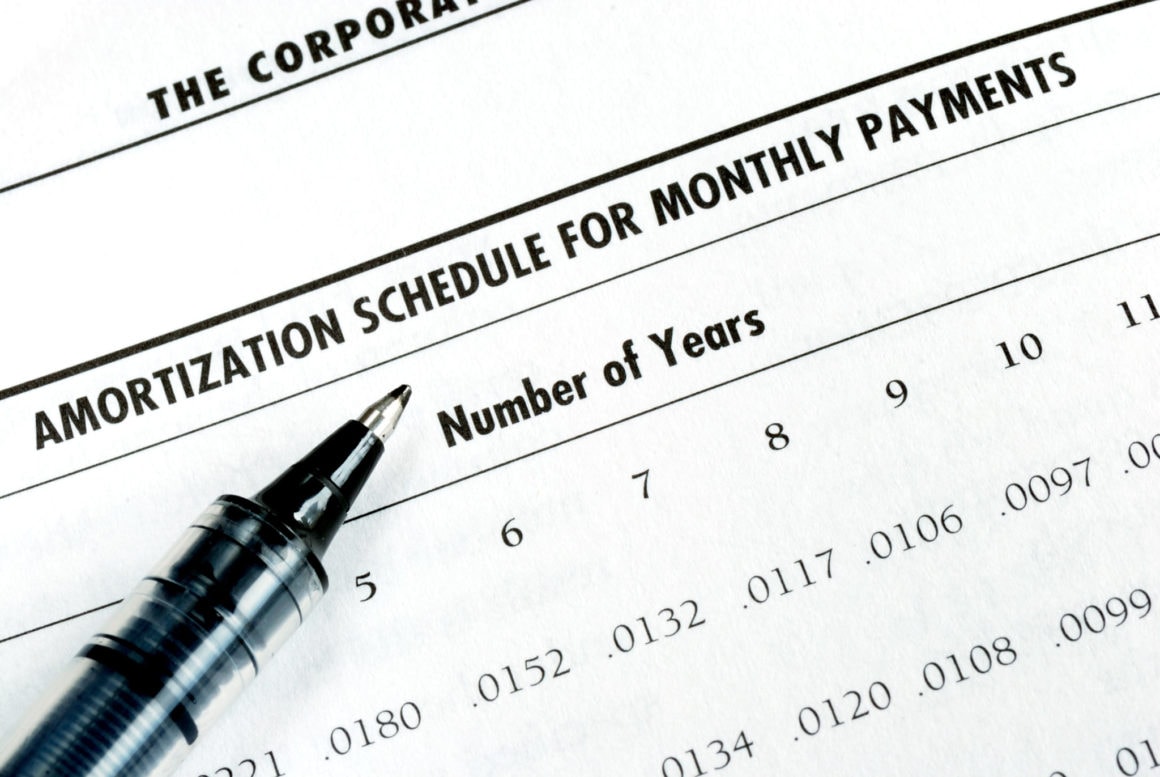Table of Contents Show
Discussing how your mortgage loan amortizes may not seem exciting, but we promise to keep the math light. The upshot is that a basic understanding of your mortgage payment, and the breakdown between interest and principal, could result in a cumulative savings of thousands of dollars for you.
What is Mortgage Loan Amortization?What is Mortgage Loan Amortization?
When you apply for a mortgage, your monthly payment typically consists of principal, interest, taxes, and homeowners insurance. For a fixed-rate mortgage, your interest rate does not change for the life of the loan. It means the first two components will not increase or decrease. Taxes and insurance can vary, typically upward, so your monthly payment will not be the same over time.
The national 30-year mortgage rate was 3.83%, according to Freddie Mac. According to other sources, it was around 3.79% in New York City. There are several online mortgage calculators, or you can choose to build your own using a program such as Excel to figure out your mortgage payment.
Using a hypothetical example, let’s say you decide to purchase a $750,000 property and place a 20% down payment. Your loan is $600,000. Therefore, your monthly payment (principal and interest) is $2,795.74, assuming a 3.8% rate and a 30-year mortgage.
If you plan on taking out a 15-year mortgage, the average rate is 3.15%. Your monthly payment jumps to $4,186.91. While this is a substantial increase in your loan payment for a 30-year mortgage, you will pay a lot less interest, as we will demonstrate.
A comparisonA comparison
Using the same numerical examples, over the life of your 30-year mortgage, you will have paid $406,467.88 in interest. On the 15-year mortgage, your total interest payments amount to $153,644.19. This equates to $252,823.69 less mortgage interest that you will have paid. Keep in mind; that we are in a historically low-interest-rate environment. You will have shelled out more loan interest payments to the bank at higher rates.
However, not everyone can afford the extra amount every month required for a 15-year mortgage. Alternatively, you may decide you like the flexibility of having a lower payment with a 30-year mortgage. You can still take a step to lower your interest burden and shave time off your loan.
PrepaymentsPrepayments
You can opt to prepay your mortgage. You can decide to make extra monthly payments, applying the amount to the principal balance. In New York State, there are limitations, but these apply to mortgage loans with higher than a 6% interest rate. While most lenders do not charge a prepayment penalty, you should ask your bank.
Very few of your 30-year mortgage’s initial payments pay down the principal. For your first $2,795.74 payment, only $895.74 goes towards the principal, while more than double the interest payment. Gradually, there is less interest (since the principal balance is lower), but this is a slow process. For instance, an extra $3 goes towards your principal for your second monthly payment. After roughly 12 years, you pay more principal than interest.
Prepaying allows you to lessen your interest burden while reducing the length of your loan. If you can pay an extra $100 monthly, your total interest is $377,722.91, or about $30,000 less than your regular payment. You will also have paid off your mortgage about two years early.
If you can scrape together $200 a month to apply to your principal balance, your total interest paid is $352,978.759, and you have shortened your loan term by about three and a half years.
There is no reason you cannot make extra payments on a 15-year mortgage, although your loan payment is higher than a 30-year mortgage, so you have to examine your budget closer.
Concluding thoughtsConcluding thoughts
Prepaying your mortgage with extra monthly payments can create significant savings and give you the satisfaction of completing homeownership earlier. However, strictly from a financial perspective, there are other factors you should consider, such as the after-tax return you can receive the extra payment compared to the after-tax interest cost.

